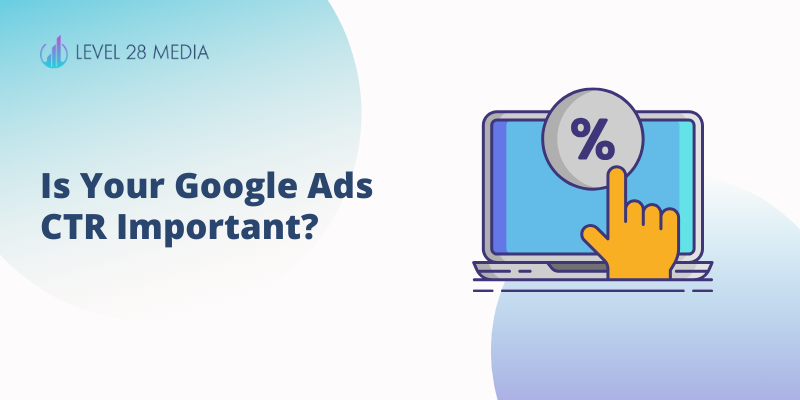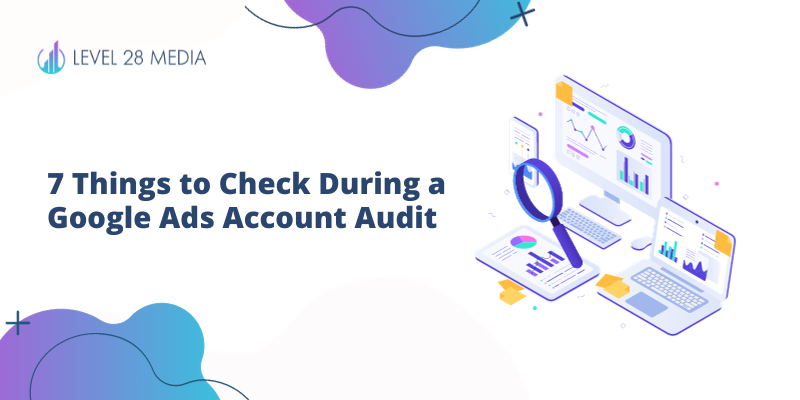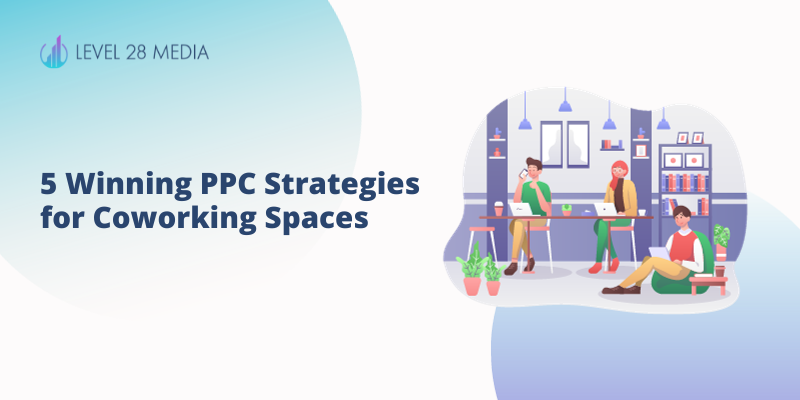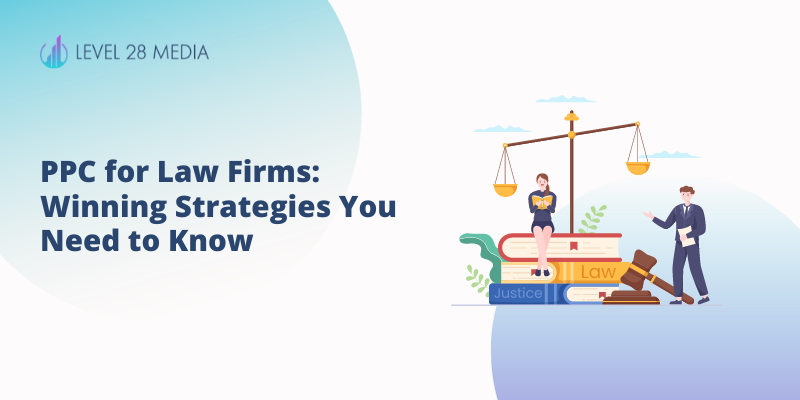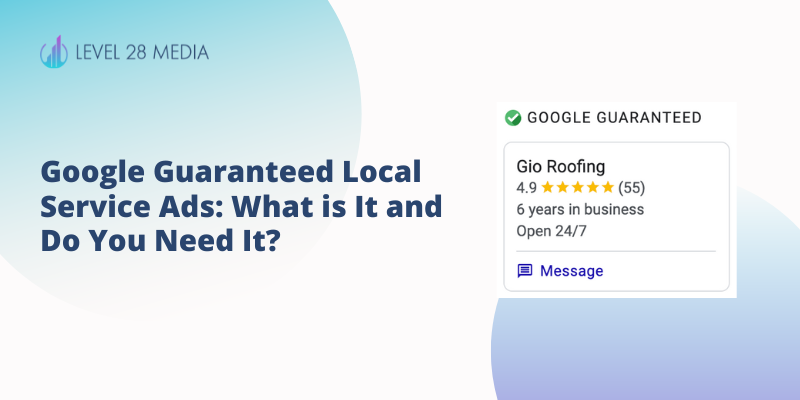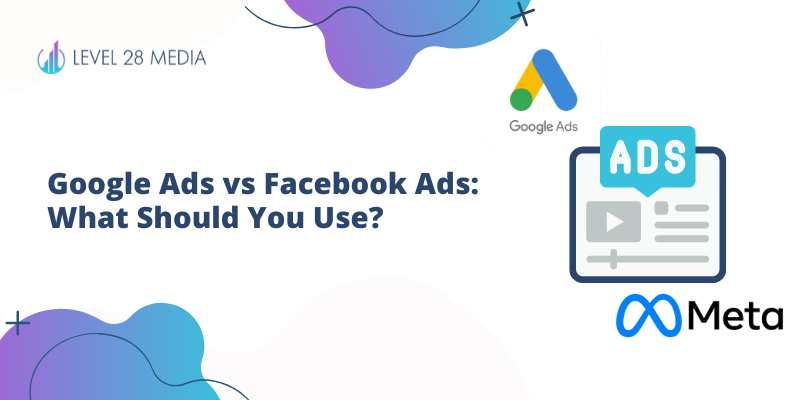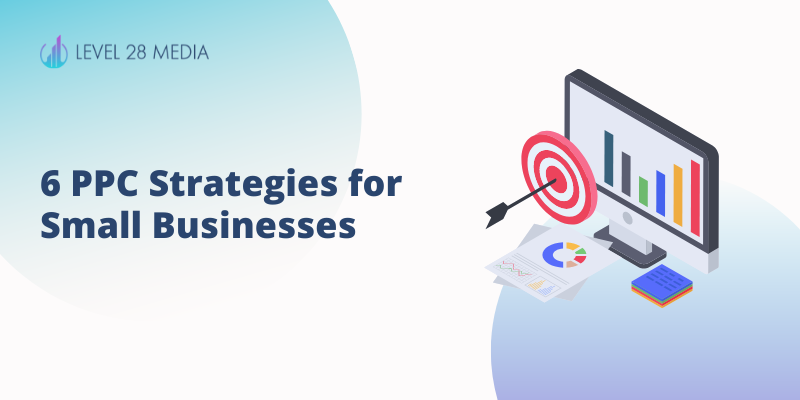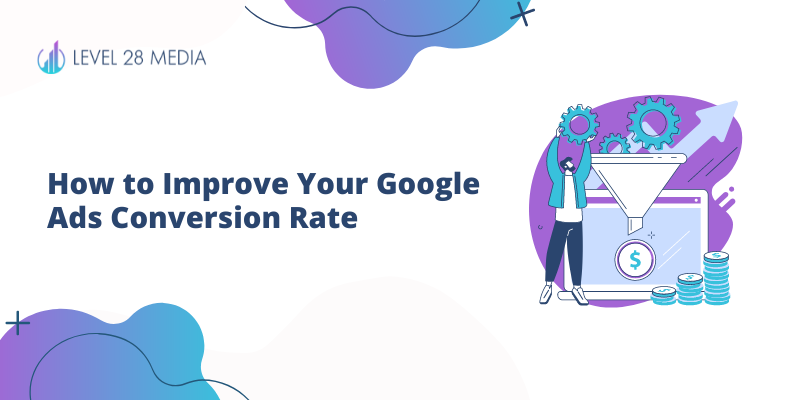Google Demand Gen Ads: Do You Need Them?
Google is introducing its newest ad format, Demand Gen, in October 2024. So, what does this mean for you? If you have any current Discovery campaigns, they will be automatically upgraded to the brand-new Demand Gen campaign format by 2024. You’ll be able to take advantage of the new interface and features that can help you drive more engagement and conversions. Let’s take a closer look at Google Demand Gen and what’s in store for you. What is Google Demand Gen? Google Demand Gen is the new upgraded, AI-powered version of Google Discovery Ads. Like with Discovery Ads, Demand Gen is a way to put advertisers in front of their ideal customers in new ad formats beyond the typical text ads in Google Ads. Using Demand Gen, you can serve your video and image assets to audiences on YouTube, Discovery, and Gmail–all through a single campaign. What Are the Benefits of Google Demand Gen? A New Way to Leverage Visual Assets Demand Gen ads are visually focused, so it’s a great way to capture attention and make an impact on your audience quickly. If your asset is designed well, you can push people to convert and take your desired action. Since Google is distributing your ad across a variety of Google feeds (YouTube, Discovery, and Gmail), you can reach more customers and have them discover your brands. In fact, you can reach over 3 billion active users! Connect with Audiences Relevant to You Similar to Facebook and Instagram ads, you are not bidding on any keywords. But you can still reach your ideal audience. If you have a ton of first-party data, Google Demand Gen can leverage it to find similar audiences through lookalike segments. You can provide data such as past purchase history, website activity, or YouTube engagement. This helps drive more engagement and will help push people down the purchasing funnel! Optimization Options Google is making it easier to optimize your campaign according to your goals. For example, implement Max Clicks if you are looking to increase website traffic. They also provide ways to measure brand and search lift, so you can understand what impact your Demand Gens have and the return on investment. What Are the Different Google Demand Gen Formats? There are a variety of ad formats, which include: Single image: supported on both mobile and desktop devices. Not supported by YouTube in-stream feeds. Carousel: shows your images in a swipeable carousel. Images are displayed in the order they are shown. Not supported by YouTube shorts or in-stream feeds. Video ads: Available across all YouTube feeds and Discover. The video must be at least 5 seconds long. To be effective, you need to capture attention within the first 5-10 seconds of your ad. Address customer pain points and show your brand or product can solve the customer’s problems. Make sure you include a call-to-action in visual and audio–people need to know how you want them to take action! What to Know Before Launching Your Campaign Have the Right Visual Assets If you don’t have eye-catching visual assets, it’ll be challenging to stand out and find success with Demand Gen campaigns. Review other Discovery ads that you are being served – what is appealing and what isn’t? It’s essential to invest in your assets. This is a very visual-focused type of advertising campaign, so poor visuals will not be rewarded. You also need to ensure your assets meet the required dimensions and design guidelines. Know What Settings to Adjust Since Google Demand Gen will use AI and machine learning to find the best placements for your ads, the campaign settings are different compared to text ads. You can adjust the following: Location targeting & language Bid strategy Budget Start & end date for your campaign Content exclusions Audience and demographic segments Make sure you understand your target audience. That will help you know what settings to change. For example, you don’t want to serve your ads in Arizona if that is not a state that you service. Budget Requirements If you don’t set a realistic budget, your campaign won’t go far. Google recommends that you set a budget that is 15 times your target cost per acquisition (CPA)! Small budgets will restrict your campaign. Why? Google won’t be able to find audiences that meet your CPA requirements. Do You Need to Use Google Demand Gen? If you are solely looking for lead generation and have a smaller ad budget, it will be more worthwhile to invest your ad budget directly into search ads. This is especially true for small business owners. You should also factor in your customer journey. Are your audiences frequent YouTube users? Do they use Gmail? Demand Gen is actually a great option for D2C brands and any business looking to tell a story in order to drive demand for their brand or product. Michelle KopMichelle Kop is a marketing consultant and award-winning pay-per-click marketing strategist. She has over 8 years of professional paid advertising experience in Google and Microsoft Ads, with a specialization in lead generation for B2B and B2C companies. After working in corporate marketing with Fortune Global 500 Brands like Toyota and BP, Michelle founded Level 28 Media, a lead generation micro-agency for small to medium businesses. www.level28media.com


